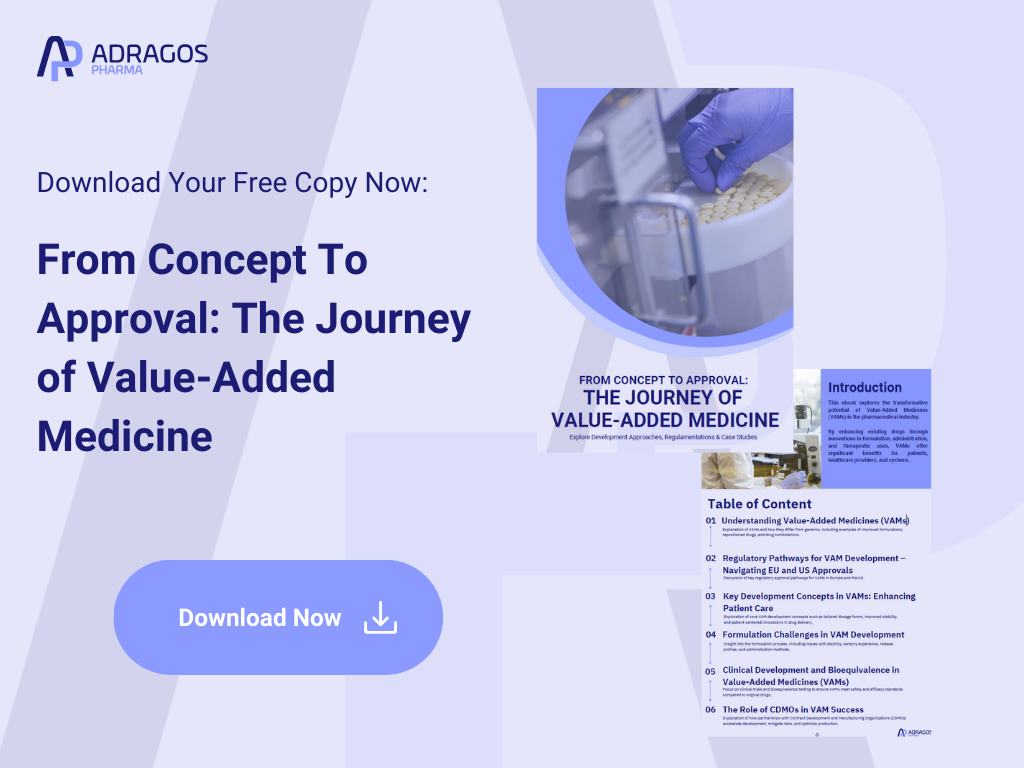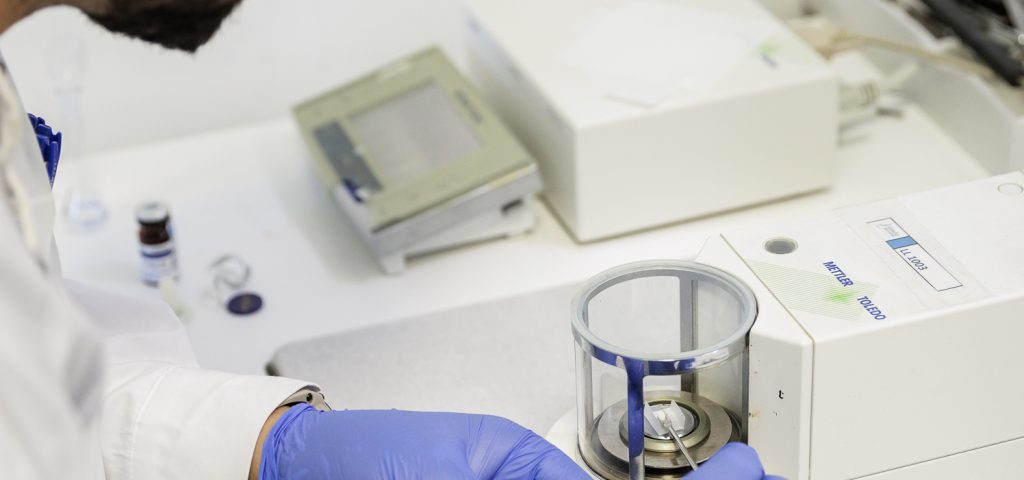Table of Contents
In the evolving pharmaceutical landscape, Contract Development and Manufacturing Organizations (CDMOs) play a pivotal role in helping pharma companies bring both generic and value-added medicines to market. While both categories are based on existing molecules, the way they are developed, improved, and positioned can vary significantly. Understanding this distinction is crucial for pharmaceutical companies aiming to expand their portfolios, meet patient needs, and stay competitive.
What Is the Difference Between Generic and Value-Added Medicines?
Let’s start with the basics.
Generic Medicines: A Copy of the Original
Generic medicines are exact copies of branded drugs whose patents have expired. They contain the same active ingredient, in the same dosage form, strength, route of administration, and intended use. The key characteristic of generics is that they are bioequivalent to the original product—meaning they work in the same way and provide the same clinical benefit.
CDMOs often work with pharmaceutical companies to develop and manufacture generics at scale, helping them deliver cost-effective treatments post-patent expiry.
Examples of generic medicines:
- Ibuprofen (generic for Advil)
- Atorvastatin (generic for Lipitor)
Value-Added Medicines: More Than a Copy
Value-added medicines (VAMs), while still based on known molecules, go a step further. They offer improvements or modifications to an existing drug, creating a new version that delivers enhanced value—whether to the patient, healthcare provider, or payer.
These modifications can include:
- A new formulation (e.g., extended-release version)
- A new delivery system (e.g., oral to injectable)
- A new indication or therapeutic use
- Improved tolerability, compliance, or patient experience
Examples of value-added medicines:
- A once-daily version of a drug originally taken three times a day
- A pediatric syrup formulation of an adult-only tablet
From a CDMO perspective, developing value-added medicines requires a deeper level of R&D, formulation expertise, and regulatory strategy—but they can offer a more sustainable competitive edge and longer market exclusivity.
Why This Matters to Pharmaceutical Companies
Pharma companies working with CDMOs must choose between investing in generics or value-added strategies based on their goals, capabilities, and market demands.
Choosing Generics
- Lower development cost and faster time to market
- Price-driven competition
- Ideal for companies looking to enter established therapeutic areas quickly
Choosing Value-Added Medicines
- Differentiation in a crowded market
- Stronger IP protection through new patents
- Opportunity to address unmet needs and improve patient adherence
In many cases, companies opt for a hybrid approach, starting with generics and evolving into value-added medicines for better long-term returns.
Key Takeaways for CDMOs and Pharma Partners
| Feature | Generic Medicines | Value-Added Medicines |
|---|---|---|
| Molecule | Known | Known |
| Modifications | None (exact copy) | Yes (formulation, delivery, etc.) |
| R&D complexity | Low | Medium to High |
| Regulatory pathway | ANDA or equivalent | Varies; often requires full dossier |
| Market competition | High | Moderate |
| Differentiation | Low | High |
| Patient benefit | Equivalent | Improved (potentially) |
In summary, generic and value-added medicines both play vital roles in modern healthcare—but they serve different purposes. While generics offer affordability and access, value-added medicines represent innovation built on familiarity, allowing companies to differentiate and solve real-world healthcare challenges.
For CDMOs and their pharma partners, the choice between developing a generic or a value-added product depends on strategic intent, available resources, and market positioning. Whether the goal is cost leadership or therapeutic innovation, understanding the difference between these two categories is essential to navigating the drug development pipeline effectively.

FAQs About Generic vs. Value-Added Medicines
What is a value-added medicine?
A value-added medicine is a pharmaceutical product based on an existing molecule, but with modifications that improve its value—such as better patient adherence, fewer side effects, or enhanced delivery. These changes can involve new formulations, delivery systems, or even expanded indications.
Which medicine is better, generic or branded?
It depends on the context. Branded (original) medicines are typically the first to market and are backed by extensive clinical research. Generics are equally effective but more affordable. Value-added medicines can sometimes offer even better outcomes if they improve patient compliance or convenience.
What are the disadvantages of generic drugs?
While generics are effective and safe, they may have:
Perceived inferiority by some patients or providers (despite being unfounded)
Less patient adherence due to non-identical packaging or formulation
Limited innovation
Lower profit margins for companies
Are generic drugs as good as the original?
Yes. Regulatory authorities require generics to demonstrate bioequivalence to the original product. This means they work the same way in the body and provide the same clinical benefit. However, they may differ in inactive ingredients, color, or shape.
